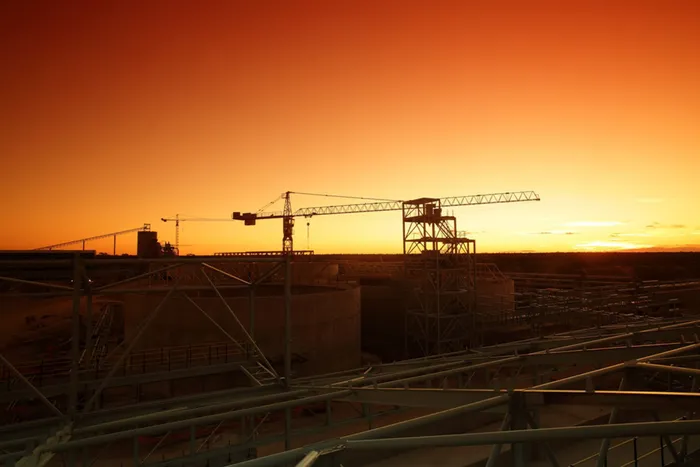Construction well up in third quarter, fixed investment still lagging

The Afrimat Construction Index released yesterday showed the index had virtually fully recovered from the effects of the Covid-19 pandemic. Photo: Supplied
The construction sector outperformed gross domestic product (GDP) by a wide margin in the third quarter, but fixed capital formation remains well below that of similar sized countries.
The Afrimat Construction Index (ACI) released yesterday showed the index had virtually fully recovered from the effects of the Covid-19 pandemic.
The ACI is a composite index of activity in the building and construction sectors compiled by Dr Roelof Botha, an economic adviser to the Optimum Group, on behalf of Afrimat.
The index value of 123.4 was 23.4% higher than the base period, which was the first quarter of 2011, but it remained lower than its record high of above 140, recorded in the third quarter of 2016, a decline since then which Botha said indicated the erosion of investor confidence since the state capture era.
The latest data from Statistics SA pointed to a real GDP growth of 1.6% (quarter-on-quarter) for the economy as a whole, while the construction sector recorded real growth of almost double this at 3.1%.
“Although new investment in productive capacity by the public and private sector combined expanded impressively by 5.5% from the second quarter and by 8.5% year-on-year in real terms, the third quarter figure of R239 billion is still more than 9% down on the third quarter of 2019,” said Botha.
He said third quarter capital formation only represented 7.1% of GDP, a far cry from the global average of 26% and not adequate for a country with a population of more than 60 million people that was expanding fast.
Emerging markets such as Senegal, Chile, Croatia, India, Hungary and Mexico all enjoyed capital formation GDP ratios in excess of 20%.
“Considering the expected tax revenue overrun of around R80 billion in the current fiscal year, the government should expedite expenditure on infrastructure for maintenance and to expand and improve network industries, especially energy, road and rail,” Botha said.
One of nine indicators that make up the ACI, the “value of wholesale sales of construction materials”, increased 13.3% to a record high of R42.5bn in the third quarter, quarter-on-quarter, in real terms.
There was also double-digit real growth in the ‘volume of building materials produced’ indicator and these two indicators ensured a quarter-on-quarter growth rate for the ACI of 7.2%, said Botha.
In the ‘value added by contractors’ indicator, only residential buildings expanded in real terms quarter-on-quarter and year-on-year in the third quarter, with non-residential buildings and construction works still in the doldrums.
“Unless the government provides significantly more fiscal resources for infrastructure development in the 2023 budget and addresses the delays in tender processes, the construction sector will remain relatively subdued,” Botha said.
“The auditor-general has for decades been warning about corruption and incompetence in municipalities, provinces and government departments, no heed was taken,” he said.
Commenting on the ACI, Afrimat’s CEO, Andries van Heerden, they were pleased with the defensive, and diversified position that Afrimat was in, which had protected it from lower levels of activity in the construction sector.
“Our roots in quarrying enabled a vast footprint across South Africa, but without active infrastructure and building spend, the sector continues to lag. Diversification into industrial minerals, bulk commodities and future materials and minerals, combined with the execution of growth drivers, has enabled us to pivot in critical times to ensure sustainability and strong cash generation to support acquisitions,” he said.
BUSINESS REPORT